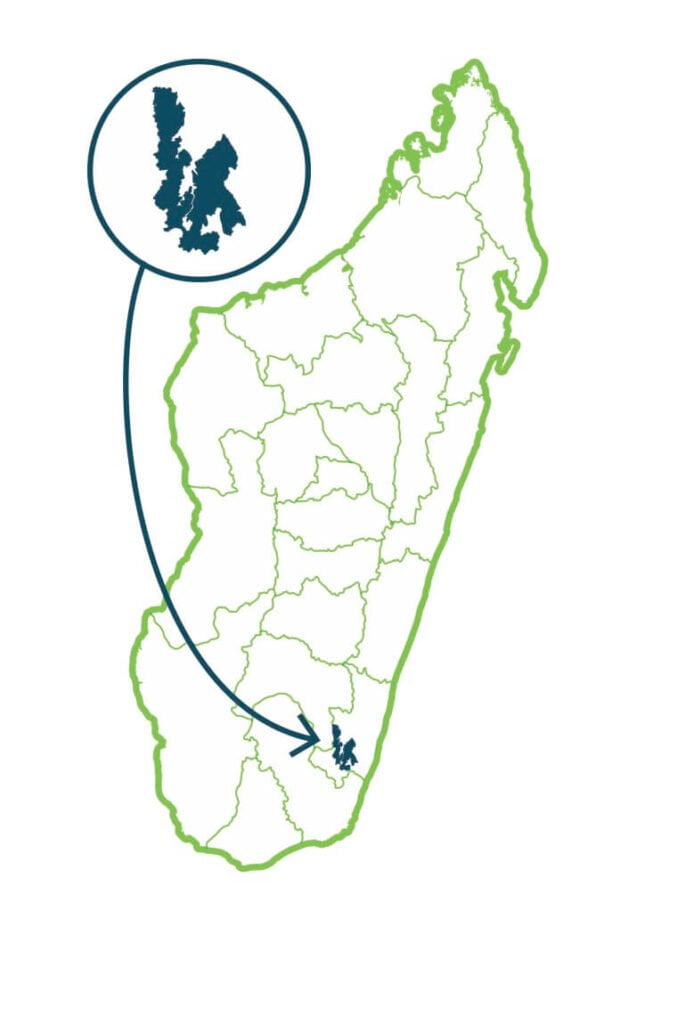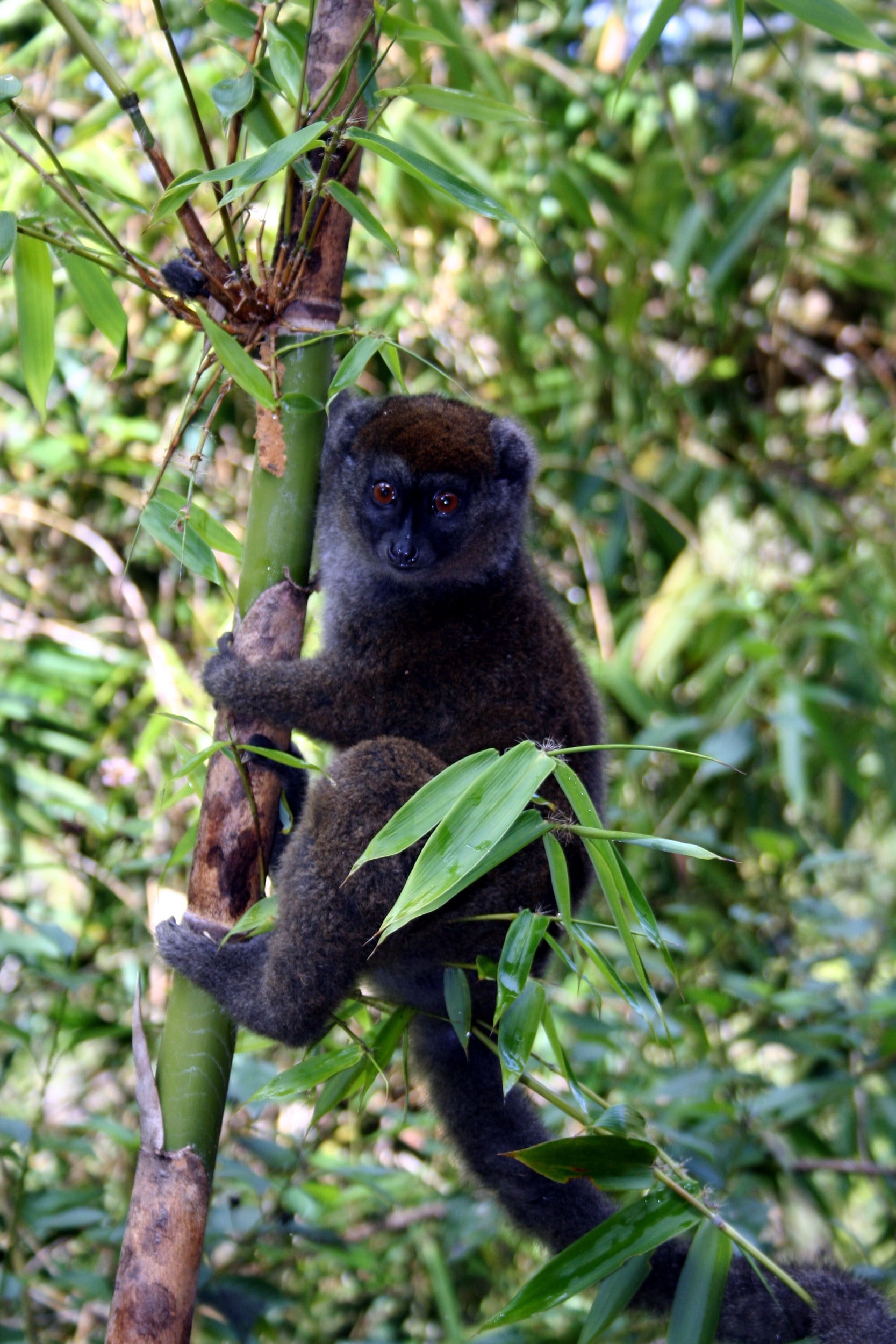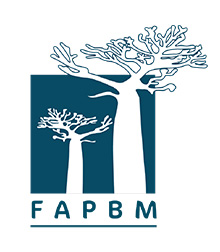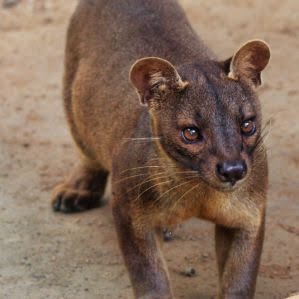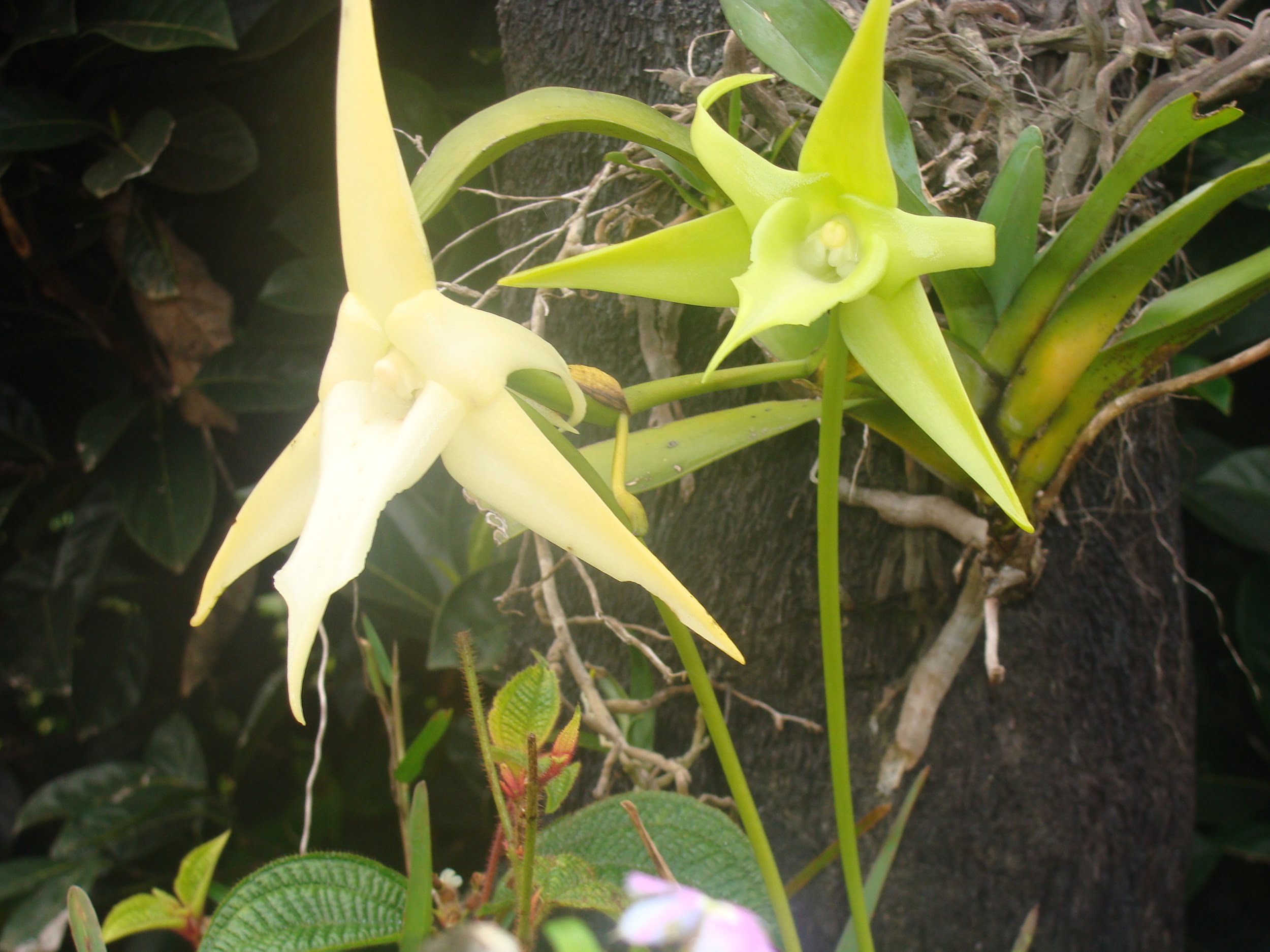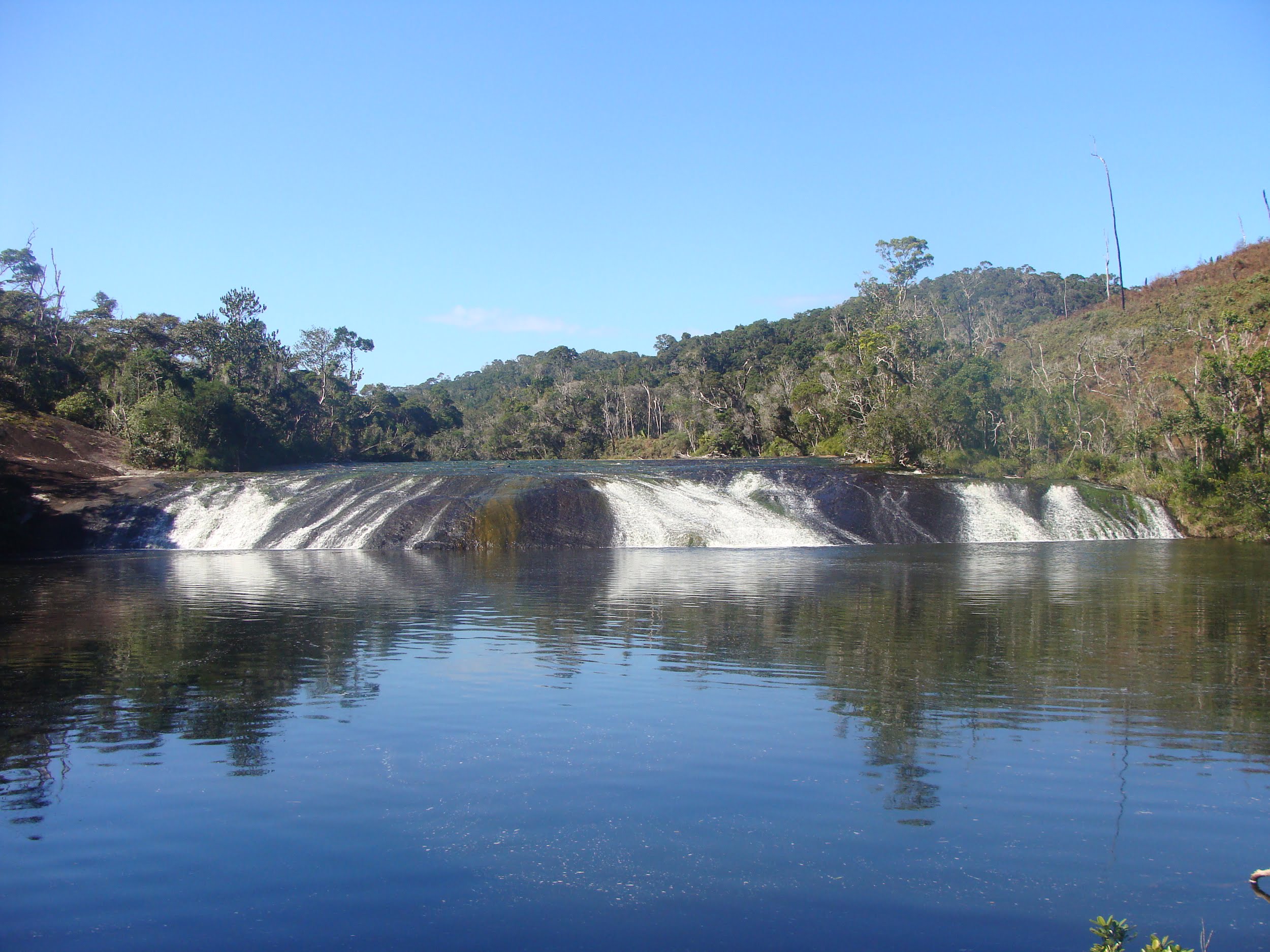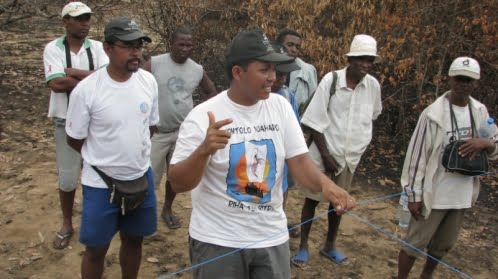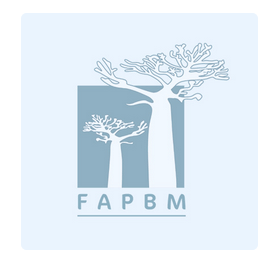Flagship Species
Midongy du Sud National Park has several types of ecosystems representative of the central and eastern ecoregion dominated by a lowland and medium altitude moist evergreen forest, very rich in floristic biodiversity. The flora is represented by trees of high commercial value ranked 1st and 2nd categories in the forest classification such as Hernandia voyronii (hazomalany), Dalbergia spp (rosewood) and Dyospiros spp (hazomainty or ebony).
